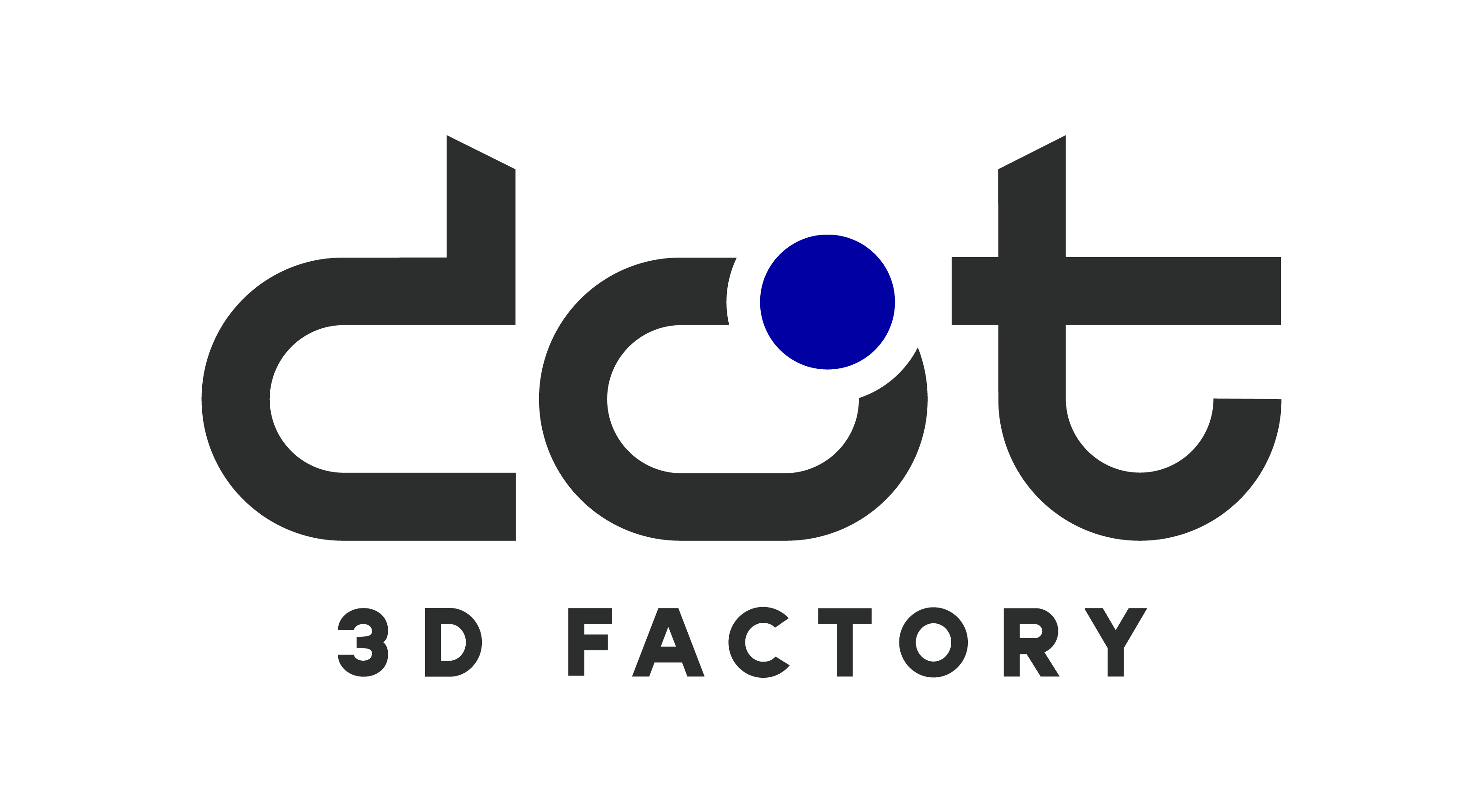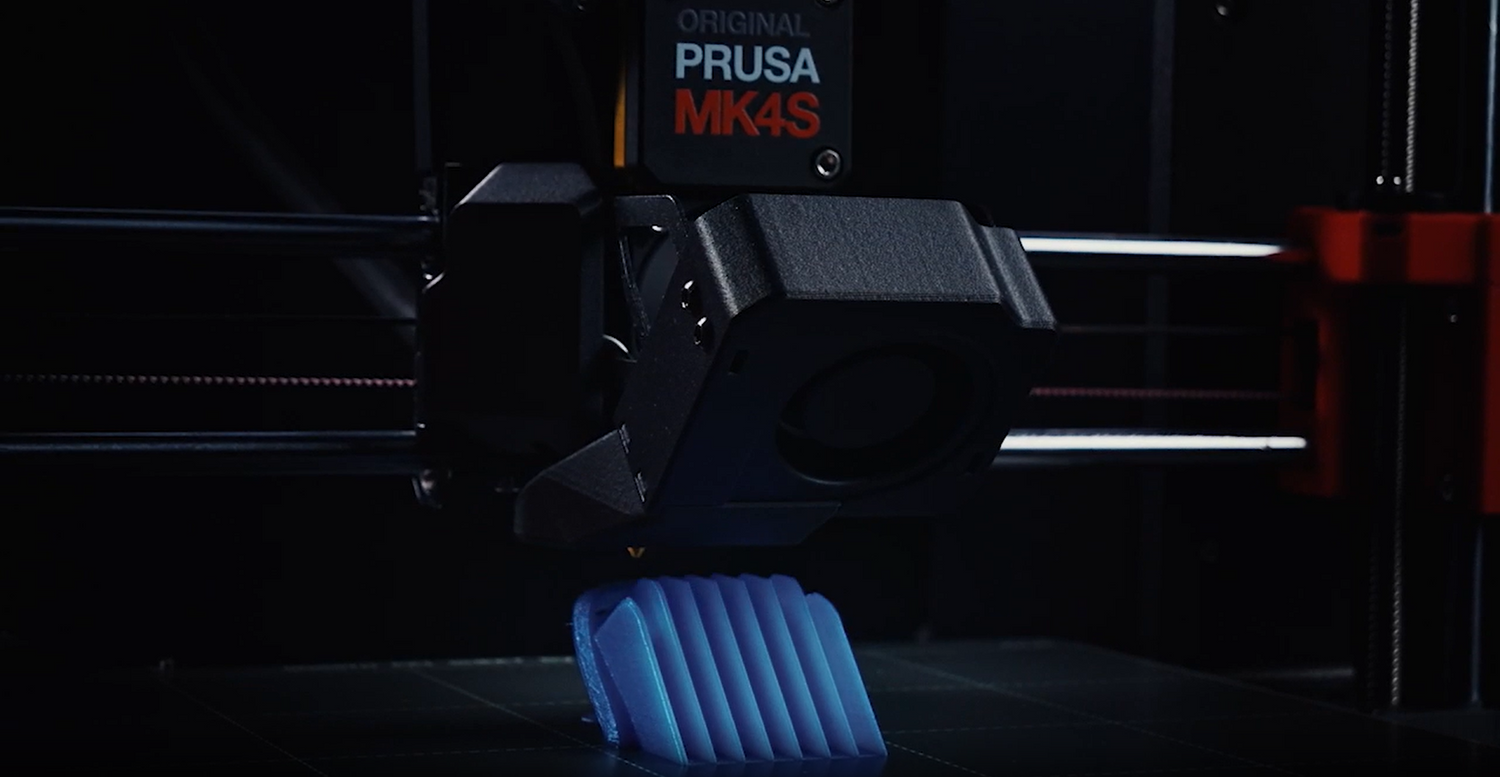3D printing has emerged as a transformative technology for repairing consumer products, enabling users to create replacement parts on-demand, reduce waste, and extend device lifespans. By providing open-source 3D-printable files, manufacturers and communities can empower consumers to perform DIY repairs, aligning with sustainability goals and the right-to-repair movement. Below, we explore the feasibility of 3D printing for repairs, highlighting Philips’ Fixables program and other relevant examples, and assessing the practical viability of this approach.
Philips Fixables: A Pioneering Example
Overview: Launched in May 2025, Philips’ Fixables program allows consumers to repair personal care devices, such as the OneBlade trimmer, by downloading free 3D-printable part files from Printables.com. The initiative, in collaboration with Prusa Research and LePub, initially offers a 1-3mm adjustable comb attachment, with plans to expand to parts for trimmers, electric toothbrushes, and hair dryers.
Implementation:
-
Process: Users download the STL file, print it using a 3D printer with PLA filament, and attach the part to their device. Philips provides detailed printing guidelines to ensure quality.
-
Accessibility: Files are globally available, and public printing services (e.g., libraries, maker spaces) make the program accessible to those without personal 3D printers.
-
Consumer Engagement: A request form on Philips’ website allows users to suggest new printable parts, fostering a community-driven approach.
Feasibility:
-
Cost-Effectiveness: Printing a comb costs pennies in filament compared to purchasing a replacement (typically $5–$15).
-
Sustainability: By enabling repairs, Philips reduces electronic waste, as small parts like combs are often discarded.
-
Scalability: The open-source model supports global adoption, though the current single-part offering limits immediate impact.
Philips’ program demonstrates that 3D printing is viable for simple plastic components, offering a blueprint for other manufacturers to follow.
Other Relevant Examples
1. IKEA: 3D-Printable Furniture Accessories
-
Overview: IKEA has explored 3D printing for furniture repairs and accessibility. In Israel, IKEA’s ThisAbles project provides 3D-printable files for add-ons like drawer handles or chair supports. Community platforms like Thingiverse also host user-generated IKEA part files (e.g., shelf brackets, screw caps).
-
Feasibility:
-
Pros: 3D printing allows IKEA to offer low-cost repairs for small parts, reducing the need to replace entire furniture pieces. Community contributions expand the part library.
-
Impact: This shows 3D printing’s potential for durable, functional parts in furniture.
-
2. Logitech: Community-Driven 3D-Printed Repairs
-
Overview: Logitech partners with iFixit for repair guides and official parts for devices like mice and keyboards. While Logitech doesn’t provide 3D-printable files, maker communities on platforms like Thingiverse share files for parts like mouse feet or battery covers.
-
Feasibility:
-
Pros: Community-driven files enable repairs for discontinued products, extending device lifespans at low cost.
-
Impact: Logitech’s reliance on community efforts highlights the feasibility of 3D printing for small electronics components.
-
3. Automotive Industry: BMW and Ford
-
Overview: BMW and Ford use 3D printing for spare parts, particularly for classic or discontinued vehicles. BMW offers 3D-printed trim pieces for vintage cars, while Ford collaborates with 3D printing firms for custom accessories like gear knobs.
-
Feasibility:
-
Pros: 3D printing addresses supply chain gaps for rare parts, proving its reliability for high-strength components.
- Impact: The automotive sector validates 3D printing’s durability for functional parts.
-
Feasibility of 3D Printing for Repairs
Advantages
-
Cost Savings: 3D printing eliminates the need for expensive replacements. For example, a Philips comb costs ~$0.50 in filament versus $10 for a new part.
-
Sustainability: Printing parts reduces waste by extending product lifespans, addressing the global e-waste problem (50 million tons annually, per UN estimates).
-
Customization: 3D printing allows tailored solutions, as seen in IKEA’s accessibility add-ons or community-designed phone mounts.
-
Accessibility: Open-source files, like those from Philips, enable global access, with public 3D printers in libraries and schools bridging the equipment gap.
-
Rapid Prototyping: Manufacturers can quickly develop and distribute new part designs, as demonstrated by Philips’ request form.
Technical Viability
-
Simple Parts: 3D printing excels for small, non-load-bearing plastic parts like Philips’ comb or IKEA’s handles. PLA filament is affordable ($20/kg) and widely compatible.
-
Precision: Modern consumer printers (e.g., Prusa MK4) achieve 0.1mm accuracy, sufficient for most repair parts, as seen in Fairphone’s community accessories.
-
Durability: PLA parts are adequate for low-wear applications but may degrade under heat or stress, limiting use in high-performance devices.
-
Future Potential: Advances in multi-material printing and affordable metal 3D printers could expand repair applications, as hinted by BMW’s professional-grade parts.
Conclusion
3D printing for repairs is highly feasible for simple, non-critical components, as demonstrated by Philips’ Fixables program and complementary efforts from IKEA, Logitech, Fairphone, and the automotive sector. Philips’ open-source, consumer-focused approach sets a benchmark, proving that 3D printing can be cost-effective, sustainable, and accessible with proper guidelines. Community-driven platforms like Thingiverse further expand the scope, though they lack the reliability of official programs. Challenges like equipment access and material limitations persist, but growing 3D printer adoption (projected 15% annual market growth through 2030) and public printing services enhance viability. As manufacturers like Philips expand their part libraries and technology improves, 3D printing could become a cornerstone of sustainable product repair, reducing waste and empowering consumers.
Sources: Engadget, The Verge, iFixit, Printables.com, Thingiverse, UN E-Waste Monitor




Leave a comment
This site is protected by hCaptcha and the hCaptcha Privacy Policy and Terms of Service apply.